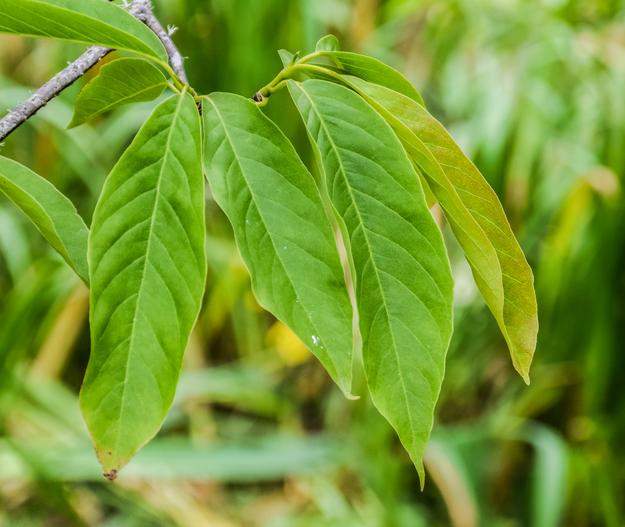Biondi’s Magnolia
(Magnolia biondii)
Biondi’s Magnolia (Magnolia biondii)
/
/

Krzysztof Golik
CC BY-SA 4.0
Image By:
Krzysztof Golik
Recorded By:
Copyright:
CC BY-SA 4.0
Copyright Notice:
Photo by: Krzysztof Golik | License Type: CC BY-SA 4.0 | License URL: https://creativecommons.org/licenses/by-sa/4.0 | Uploader: Tournasol7 | Publisher: Wikipedia Commons













Estimated Native Range
Summary
Magnolia biondii, commonly known as Biondi’s Magnolia, is a deciduous tree that is indigenous to the temperate mountain forests of northern China, specifically in provinces such as Gansu, Henan, and Sichuan. It typically grows to a height of up to 39 feet (12 meters) and is characterized by its upright form with a rounded crown. The tree is notable for its fragrant, small white flowers that bloom in late winter to early spring before the foliage emerges. These blossoms have a distinctive appearance with pink bases and white tops, and they are considered quite showy despite their small size. Following the flowering season, it produces aggregate fruit that adds to its ornamental value.
Biondi’s Magnolia is valued for its early spring blossoms, which can bring life to a garden when few other plants are in bloom. It is used both ornamentally and medicinally; in traditional Chinese and Japanese medicine, the flowers are utilized to alleviate nasal obstruction and coughing. In cultivation, it prefers full sun to part shade and requires well-drained, acidic to neutral soil. While it is not commonly found in Western gardens, it can serve as a unique specimen tree or be used in a woodland garden setting. Gardeners should be aware that it may require protection from late frosts, which can damage the early blooms. There are no widely recognized cultivars in the horticultural trade, but its medicinal properties and early flowering make it an interesting plant for those looking to add diversity to their garden.CC BY-SA 4.0
Biondi’s Magnolia is valued for its early spring blossoms, which can bring life to a garden when few other plants are in bloom. It is used both ornamentally and medicinally; in traditional Chinese and Japanese medicine, the flowers are utilized to alleviate nasal obstruction and coughing. In cultivation, it prefers full sun to part shade and requires well-drained, acidic to neutral soil. While it is not commonly found in Western gardens, it can serve as a unique specimen tree or be used in a woodland garden setting. Gardeners should be aware that it may require protection from late frosts, which can damage the early blooms. There are no widely recognized cultivars in the horticultural trade, but its medicinal properties and early flowering make it an interesting plant for those looking to add diversity to their garden.CC BY-SA 4.0
Plant Description
- Plant Type: Shrub, Tree
- Height: 20-30 feet
- Width: 10-15 feet
- Growth Rate: Moderate
- Flower Color: White
- Flowering Season: Spring
- Leaf Retention: Deciduous
Growth Requirements
- Sun: Full Sun, Part Shade
- Water: Medium
- Drainage: Medium
Common Uses
Bird Garden, Butterfly Garden, Low Maintenance, Potted Plant, Showy Flowers
Natural Habitat
Native to temperate mountain forests in northern China
Other Names
Common Names: Biond’s Magnolia
Scientific Names: , Magnolia biondii, Magnolia aulacosperma, Magnolia axilliflora, Magnolia axilliflora var. alba, Magnolia axilliflora var. multitepala, Magnolia biondii f. biondii, Magnolia biondii f. purpurascens, Magnolia biondii var. axilliflora, Magnolia biondii var. flava
GBIF Accepted Name: